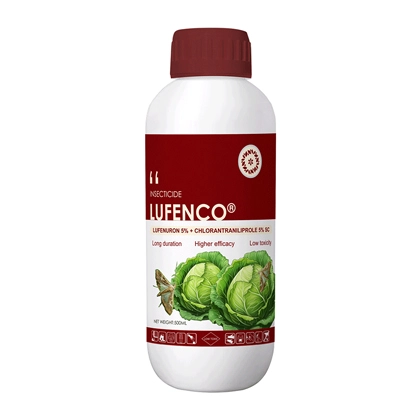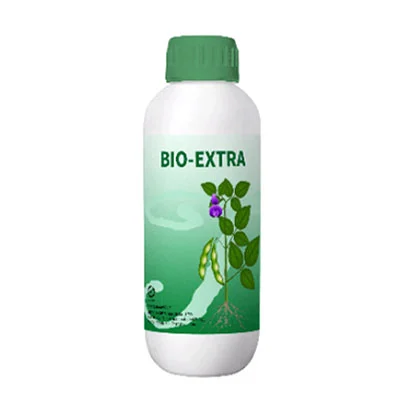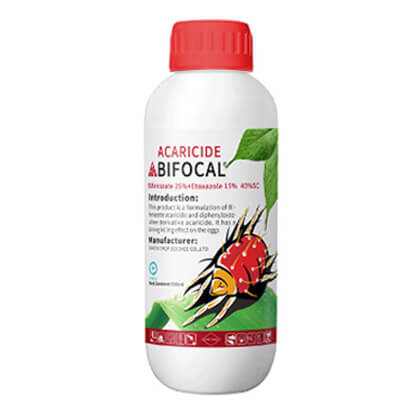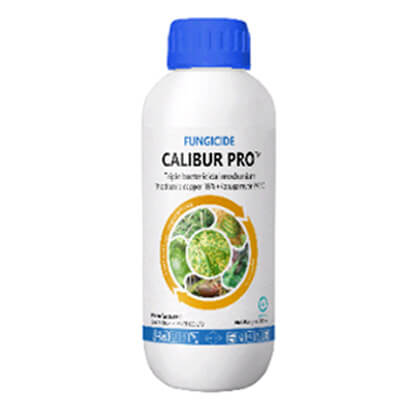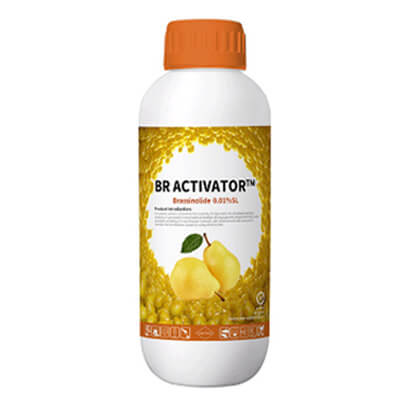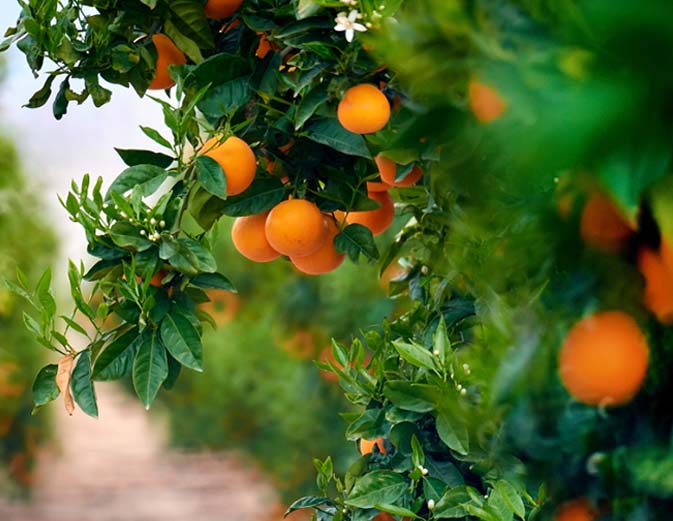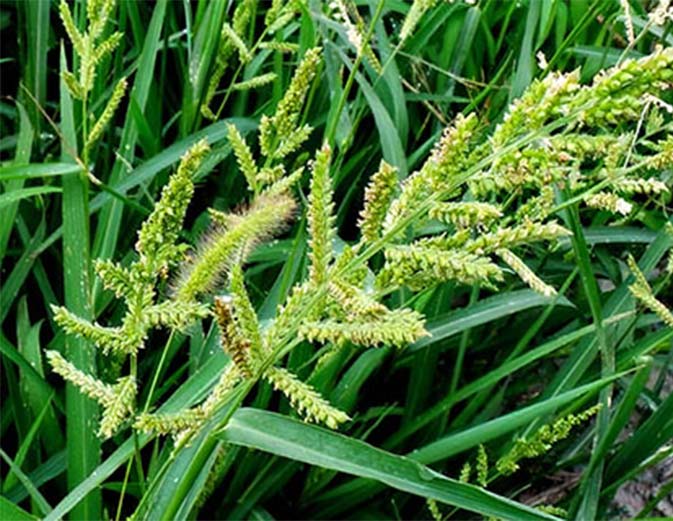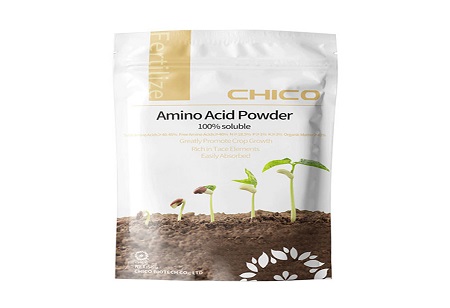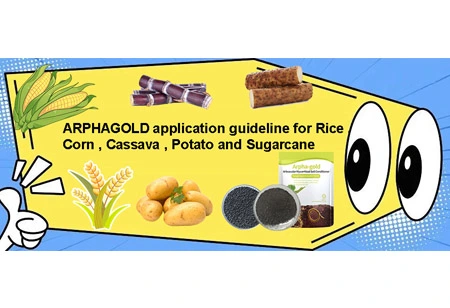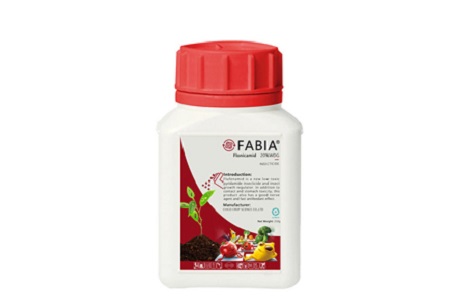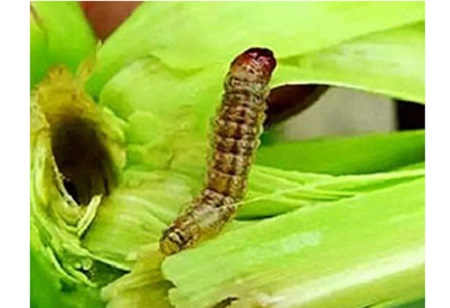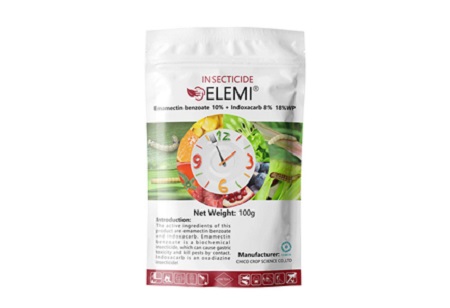
Wheat Solution

Wheat Disease Treatment
1. Wheat Powdery Mildew
Stage Characteristics:
1. The early symptoms of wheat powdery mildew on leaves.
Early onset, leaf emergence 1 ~ 2mm white moldy, then gradually expanded to nearly round to oval white mildew, powdery mildew surface layer, the powder immediately fly in case of force or vibration.
2. The powder is a fungus mycelium and conidia. Later, the diseased portion mold layer becomes gray to light brown spots scattered on a pinhead-sized black grains point, that the pathogen cleistothecia.
Transmission route:
1. Bacteria can be conidiophore or ascospore and s spread by means of air flow to the susceptible wheat leaves. If temperature and humidity conditions are right, the bacteria grow germ tube which front enlargement formation appressorium, penetrate leaf cuticle, invade epidermal cells, the formation of haustoria. And mycelium will grow in vitro host, then conidiophores produce conidia, mature off, spread with air flow, repeated infection. Germs in the later stages of sexual reproduction, cleistothecia will be formed in the flora.
2. The Germs on the conidia stage can get over the summer by Disseminated reproduction on wheat seedlings which is in areas of low te-mperatures, also through cleistothecia on plant debris in the dry and cold conditions summering. Bacteria overwinter in two ways, one is conidium form, or by lurking in the tissues of the host mycelium.
CHICO has accumulated rich experience and could offer the corresponding high-class solutions, e.g.: BioFertilizer--CURER, DIPRO 300g/L EC series.
2. Wheat Rust
Symptoms:
1. Wheat stripe rust: It's the mainly for leaf, leaf sheath, stem and panicle or disease. Early in the disease appear chlorotic spot, after the formation of bright yellow powder blisters, summer spore. Summer spore is small, long elliptic, and vein parallel arranged into strips. The late long black, long and narrow shape, ambush in subepidermal strip pock, namely the telia.
2. Wheat leaf rust: Early onset appear chlorotic spots, reddish dye that emerged after the blisters (uredinium). Uredinium small, orange-brown, irregularly scattered on the leaves. Late in the back of leaf and stem grow on black broadly elliptic to oblong, buried under the epidermis in winter spores heap, it has a longitudinal tendency according to straw.
3. Wheat stem rust: Mainly harm the stalk,leaf sheath, lamina and fringe. Urediospore pile is bigger, long elliptic to strip, reddish brown, Irregularly scattered, formed a large spot. They penetrate the leaf. Later, there will grow blister teliospore heap with long and narrow shape in the sick place.
CHICO has accumulated rich experience and could offer the corresponding high-class solutions, e.g.: Trifloxystrobin 10%+Tebuconazole 20%SC, Epoxiconazole, series.
Wheat Pest Control
1. Wheat Gree wheat mite
Symptoms:
Wheat spiders mainly suck the juice of wheat leaves as adults and nymphs, resulting in small white spots on the affected leaves, later wheat leaves turn yellow, poor growth of wheat plants, dwarf plants, and severe dryness of the whole plant.
CHICO has accumulated rich experience and could offer the corresponding high-class solutions, e.g.: the series of Biofertilizer-COOSA, BIFOCAL 40% SC.
2. Wheat Aphid
Symptoms:
It occurs all over of the word, major infect wheat and other gramineous crops and weeds. Many larvaes, imagoes often concentrated in leaf, stem, fringe to absorb sap. The wound small yellow spots first, after the streak, withered, whole plant becomes dry to die.
Wheat aphid infestation include two aspects: direct damage and indirect damage. Direct damage mainly referes Larvaes and imagoes absorb sap of leaf, stem, tender. Indirect damage refers to aphids can spread wheat virus when in infestation. Spreading BYDV(Barly Yellow Dwarf Virus) has the greatest harm.
Aphids rampant occurrence of intermittent, which is closely related to climatic conditions. Long tube aphid like medium temperature and is not high temperature resistant, humidity should be 40% ~ 80%, while wheat schizaphis can resist to high temperature 30 ℃, humidity at 35% ~ 67% will be appropriate.
CHICO has accumulated rich experience and could offer the corresponding high-class solutions, e.g.: the series of FABIA 20% WDG, Lambda-cyhalothrin.
Wheat Weeds Management
1. Annual Broadleaf Weeds
CHICO has accumulated rich experience and could offer the corresponding high-class solutions, e.g.: the series of MCPA-dimethylamine salt 60g/L+Bentazone 400g/l SL.
2. Annual Grass Weed
CHICO has accumulated rich experience and could offer the corresponding high-class solutions, e.g.: For the post-emergent herbicide like CLOTHO 5%EC, CROWN 60% WP series.
- 1. Wheat Powdery Mildew
- 2. Wheat Rust
- 1. Wheat Gree wheat mite
- 2. Wheat Aphid
- 1. Annual Broadleaf Weeds
- 2. Annual Grass Weed






